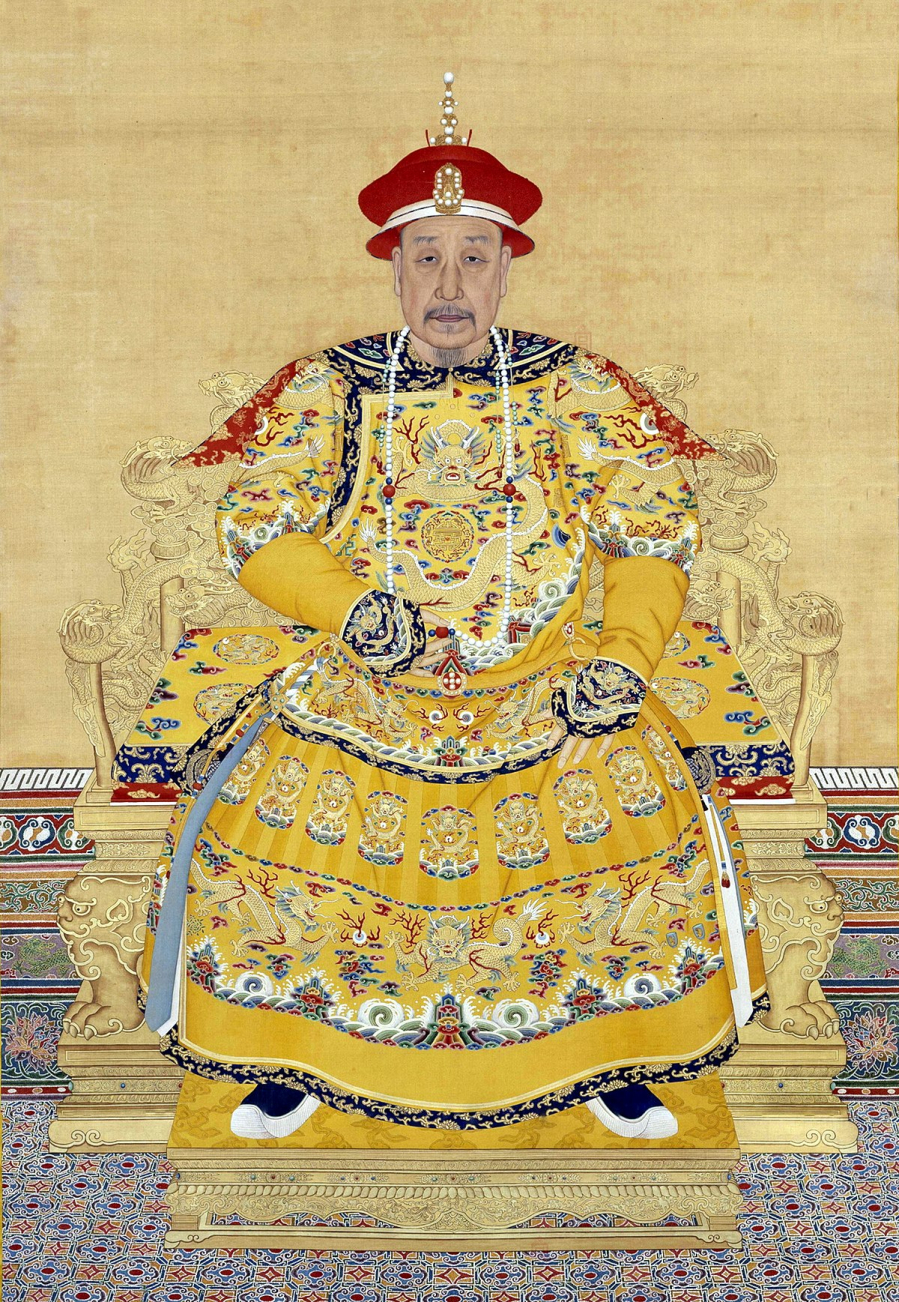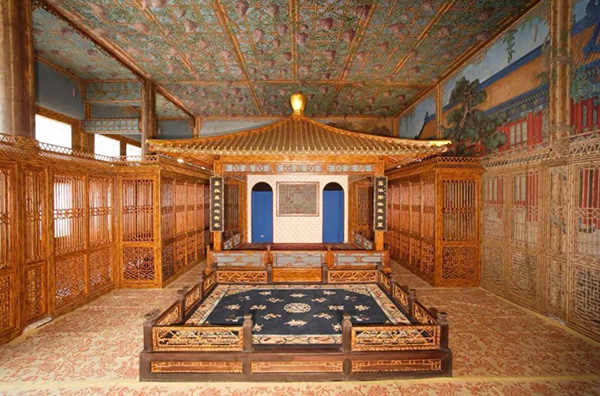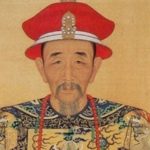Emperor Càn Long, the ruler of unlimited extravagance, left his mark with lavish excursions that depleted the imperial budget. But he didn’t stop there, showing his love and passion for architecture through the construction of Quyện Cần Trai, a luxurious palace that rivals any other structure. Started in 1772, during the peak of the Càn Long dynasty, Quyện Cần Trai stands like a hidden gem to the north of Ninh Thọ flower garden, behind Phù Vọng Các, with a structure inspired by Kính Thắng Trai in Kiến Phúc, consisting of 9 interconnected rooms and an observatory on top of the hill.
The unique highlight of Quyện Cần Trai is the use of Kim Tơ Nam Mộc wood, a rare and valuable wood that is worth billions of Vietnamese dong per tree today. It is rumored that Càn Long ordered the collection of this valuable wood and turned them into artistic tree-shaped sculptures, beautifying the palace and showcasing the power and luxury of one of the strongest emperors in history.

Located within Quyện Cần Trai, the theater stage is not only the venue for plays, but also an extravagant work of art with walls and ceilings adorned with brilliance. On the short walls of the stage, sparkling gems are meticulously arranged, along with paintings created using the “thông cảnh họa” technique – a delicate combination of Chinese and Western painting styles, with meaningful motifs such as white herons, palaces, and meandering foliage.
Quyện Cần Trai is not only one of the most meticulously crafted palaces in the Forbidden City area, but also a symbol of extravagance and nobility. However, Càn Long chose not to live here, but only occasionally retreated to this palace and Viên Minh Viên. Only in his later years did this legendary emperor decide to spend his resting time in the solemn and peaceful space of Quyện Cần Trai.

There are two theories mentioned to explain why Càn Long did not choose to settle in Quyện Cần Trai. The first theory relates to his desire to maintain control and power. Despite passing the throne to Prince Gia Khánh, Càn Long decided to stay in Dưỡng Tâm Điện, a more convenient location for overseeing and intervening in the court’s affairs when necessary.
Even after abdicating, Càn Long still had officials seeking his advice, while Gia Khánh was just a “figurehead” king, sitting on the golden throne with no real power. The second theory suggests that Càn Long may have wanted to distance himself from extravagant life, choosing a more modest lifestyle to build his personal image. Despite various speculations, to this day, the exact reason for Càn Long’s choice remains a mystery yet to be deciphered.

































